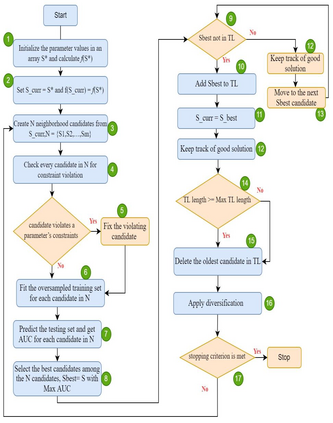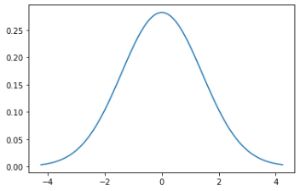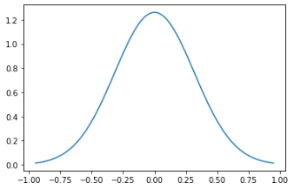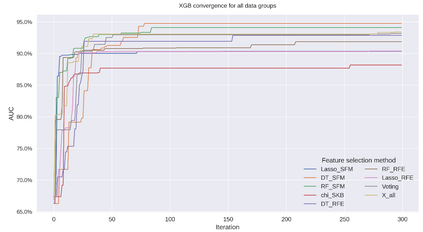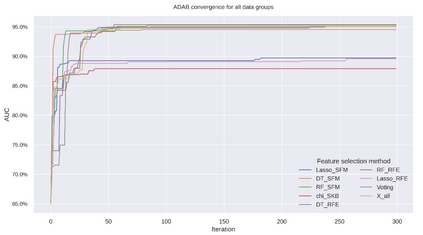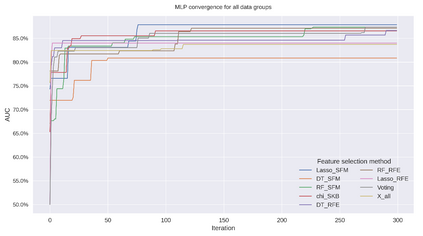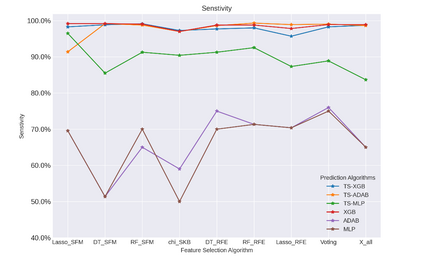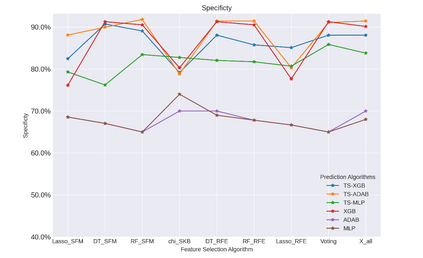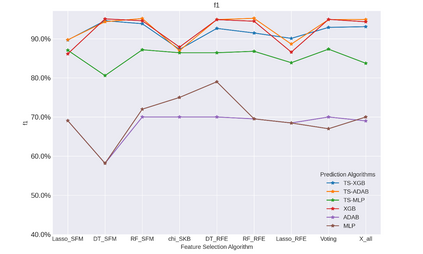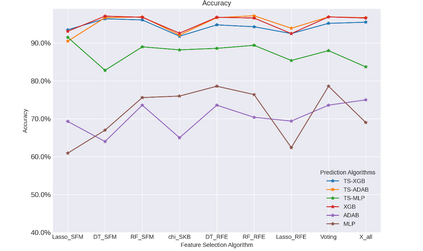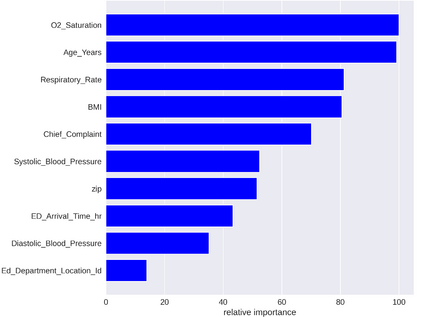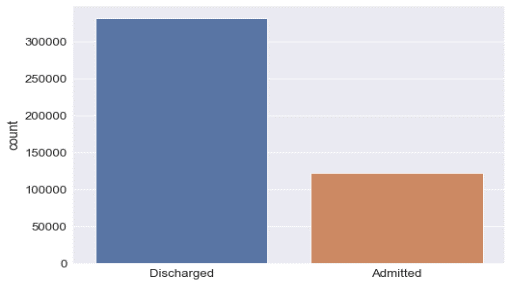This work proposes a framework for optimizing machine learning algorithms. The practicality of the framework is illustrated using an important case study from the healthcare domain, which is predicting the admission status of emergency department (ED) patients (e.g., admitted vs. discharged) using patient data at the time of triage. The proposed framework can mitigate the crowding problem by proactively planning the patient boarding process. A large retrospective dataset of patient records is obtained from the electronic health record database of all ED visits over three years from three major locations of a healthcare provider in the Midwest of the US. Three machine learning algorithms are proposed: T-XGB, T-ADAB, and T-MLP. T-XGB integrates extreme gradient boosting (XGB) and Tabu Search (TS), T-ADAB integrates Adaboost and TS, and T-MLP integrates multi-layer perceptron (MLP) and TS. The proposed algorithms are compared with the traditional algorithms: XGB, ADAB, and MLP, in which their parameters are tunned using grid search. The three proposed algorithms and the original ones are trained and tested using nine data groups that are obtained from different feature selection methods. In other words, 54 models are developed. Performance was evaluated using five measures: Area under the curve (AUC), sensitivity, specificity, F1, and accuracy. The results show that the newly proposed algorithms resulted in high AUC and outperformed the traditional algorithms. The T-ADAB performs the best among the newly developed algorithms. The AUC, sensitivity, specificity, F1, and accuracy of the best model are 95.4%, 99.3%, 91.4%, 95.2%, 97.2%, respectively.
翻译:这项工作提议了一个优化机器学习算法的框架。 框架的实用性用来自医疗保健领域的重要案例研究加以说明,该案例研究正在预测紧急部门病人(如入院病人与出院病人)的入院状况。 拟议的框架可以通过积极规划病人登机程序来缓解拥挤问题。 从美国中西部三个主要地点的所有医疗服务提供者三年内访问的电子健康记录数据库中获取大量病人记录追溯数据集。 提出了三个机器学习算法:T-XGB、T-ADB和T-MLP。 T-XGB结合了极端梯度提升(XGB)和Tabu搜索(TS)、T-ADAB整合了Ataboost和TS,T-MLP整合了多层透视系统(MLP)和TS。 拟议的算法与传统算法(XGB、ADAB和MLP)相比,其中的参数是使用电网精确度搜索(T-MLP)。 三种拟议的方法是:5ADALA和最初的成绩衡量方法,在FU的模型中, 正在评估。



